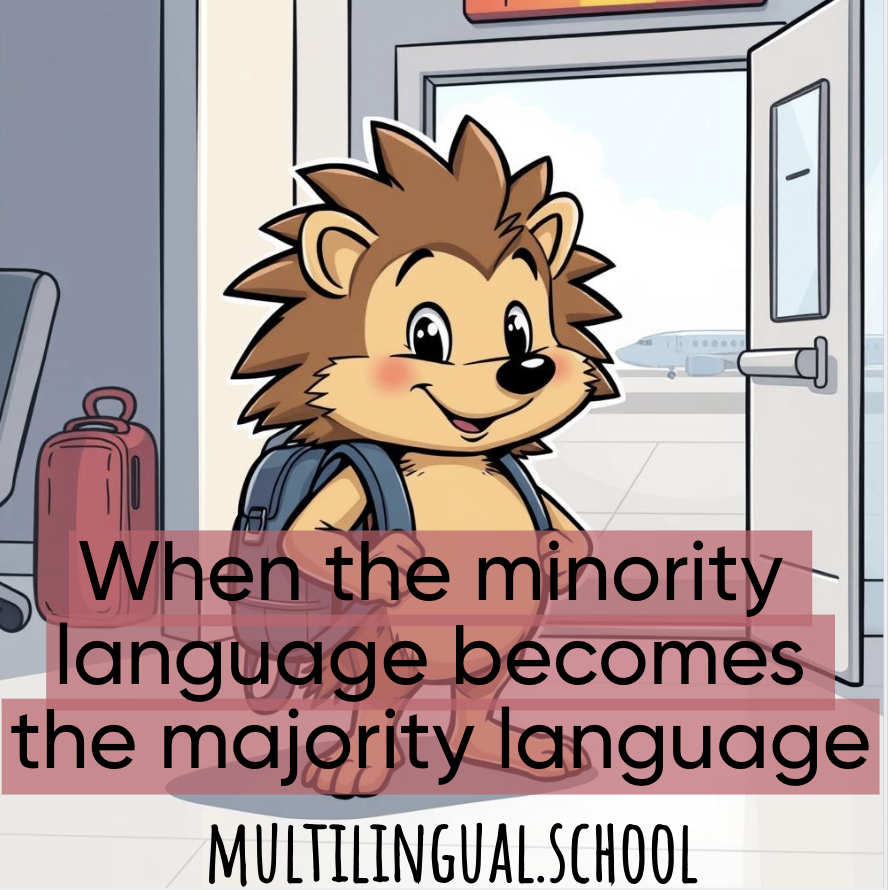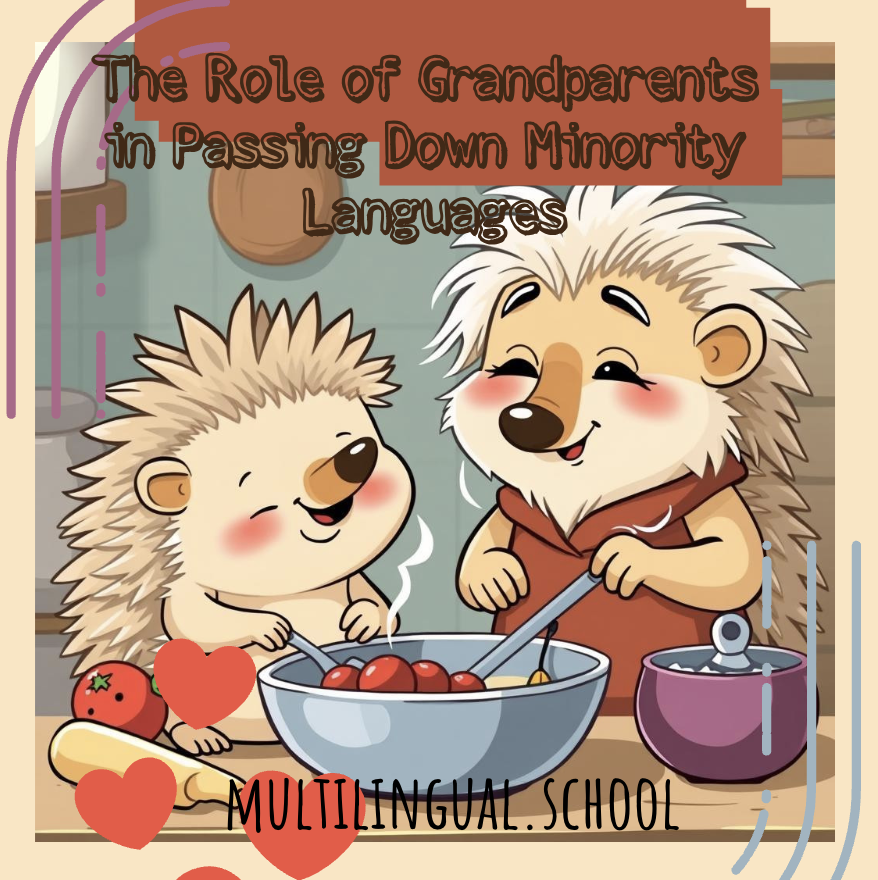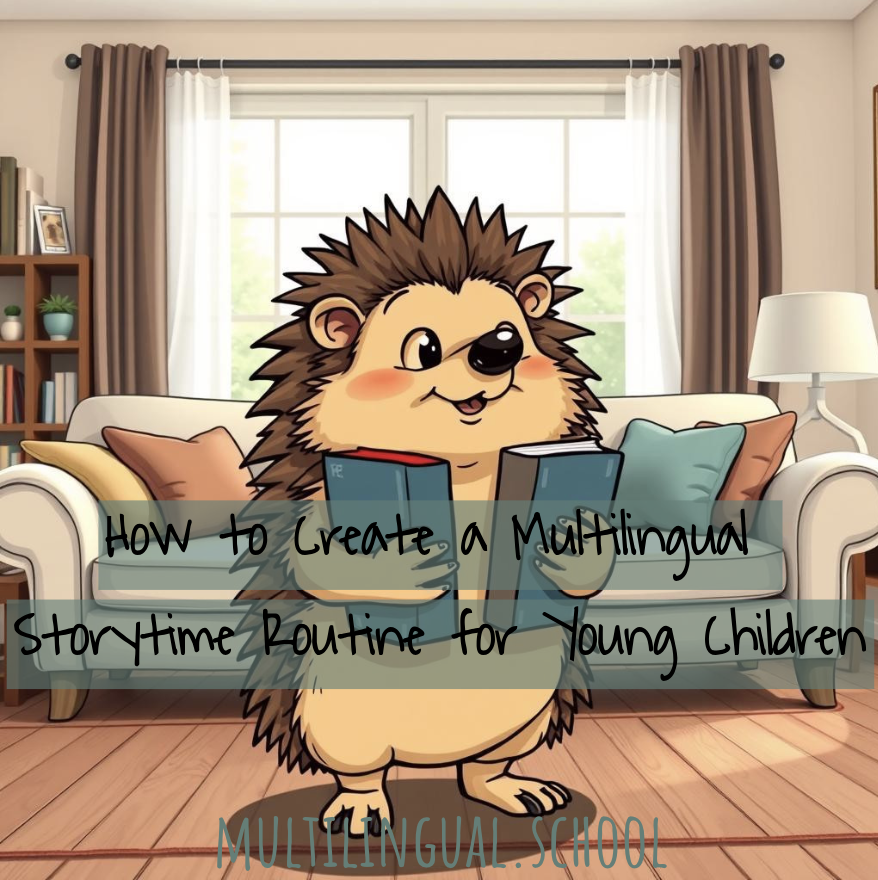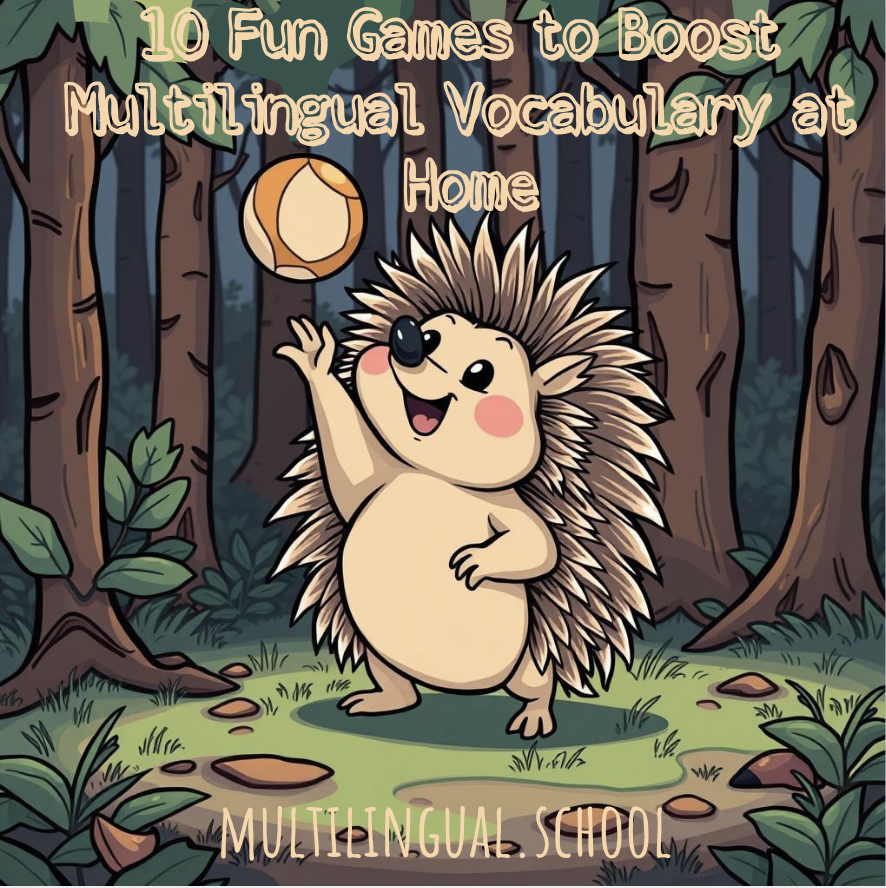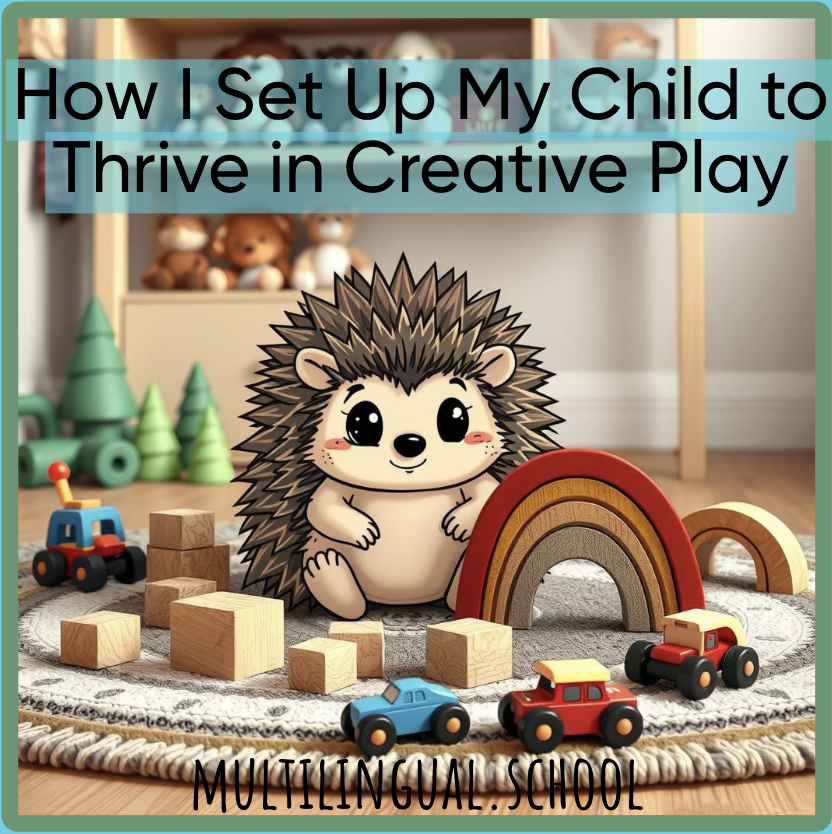5 Ways to Help Your Third-Culture-Kid Embrace Their Mixed Identity
This post may contain affiliate links, which means that I may receive a commission if you make a purchase using these links. You do not pay a higher price.
5 Ways to Help Your Third-Culture-Kid Embrace Their Mixed Identity
Raising a Third Culture Kid (TCK)—a child who grows up immersed in cultures outside of their parents’ own—comes with its own set of joys and challenges. These kids often navigate a beautiful but complex mix of identities, blending traditions, languages, and values from multiple worlds. While this can make them adaptable and globally minded, it can also leave them feeling like they don’t fully belong anywhere. As a parent, you play a key role in helping your TCK embrace their mixed identity with confidence and pride. Here are five practical ways to support them on this journey.
1. Celebrate All Parts of Their Identity
Your TCK’s identity is a mosaic—pieces of their home culture, host culture(s), and the unique “third culture” they’ve built along the way. Make it a point to celebrate every piece of that puzzle. Cook meals from each culture they’ve lived in, mark holidays from all their “homes,” and encourage them to share stories about their experiences. For example, if they’ve lived in Japan and Brazil, why not have a family night with sushi followed by feijoada? Showing pride in their diverse background helps them see it as a strength, not a source of confusion.
2. Create Space for Their Stories
TCKs often have incredible, globe-spanning stories—some funny, some poignant, and some that highlight their struggles to fit in. Give them a safe space to talk about their experiences without judgment. Ask open-ended questions like, “What was your favorite thing about living in [place]?” or “What felt hard when we moved to [place]?” Listening validates their feelings and lets them process the complexity of their identity. You might even encourage them to journal, draw, or record these stories to reflect on later.
3. Connect Them with Other TCKs
One of the best ways for TCKs to feel understood is to connect with others who “get it.” Look for local or online TCK communities, expat groups, or international school programs where they can meet peers with similar experiences. These connections can be a lifeline, offering a sense of belonging that’s hard to find elsewhere. Hearing another kid say, “I’ve moved five times too!” can normalize their journey and help them feel less alone in their mixed identity.
4. Help Them Build a Personal Narrative
TCKs often struggle to answer the question, “Where are you from?” Instead of forcing a single answer, help them craft a narrative that embraces their full story. Practice with them: “I was born in [place], but I grew up in [place], [place], and [place], and I love [unique trait from each].” This gives them a confident way to explain their background without feeling pressured to pick one “home.” Over time, they’ll see their mixed identity as a rich tapestry rather than a problem to solve.
5. Model Cultural Curiosity and Flexibility
Your attitude toward culture shapes theirs. Show them it’s okay—even wonderful—to blend traditions and adapt to new ones. If you’re learning their host country’s language, invite them to practice with you. If you’re unsure about a custom, explore it together. By modeling curiosity and openness, you teach them that their mixed identity isn’t something to “fix” but a gift to embrace. Plus, it’s a great bonding opportunity—think of it as a family adventure in cultural discovery!
Final Thoughts
Helping your Third Culture Kid embrace their mixed identity isn’t about erasing the challenges; it’s about equipping them to see their uniqueness as a superpower. With your support, they can grow into adults who are proud of their global roots and ready to thrive in an interconnected world. So, lean into the journey—messy, beautiful, and all—and watch them shine.


